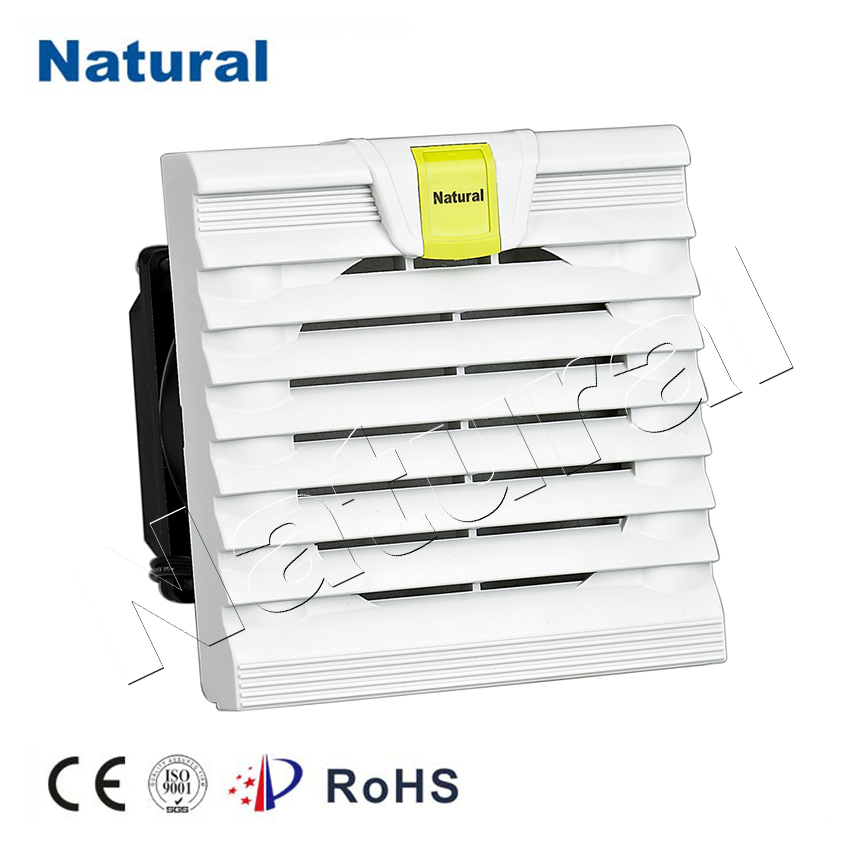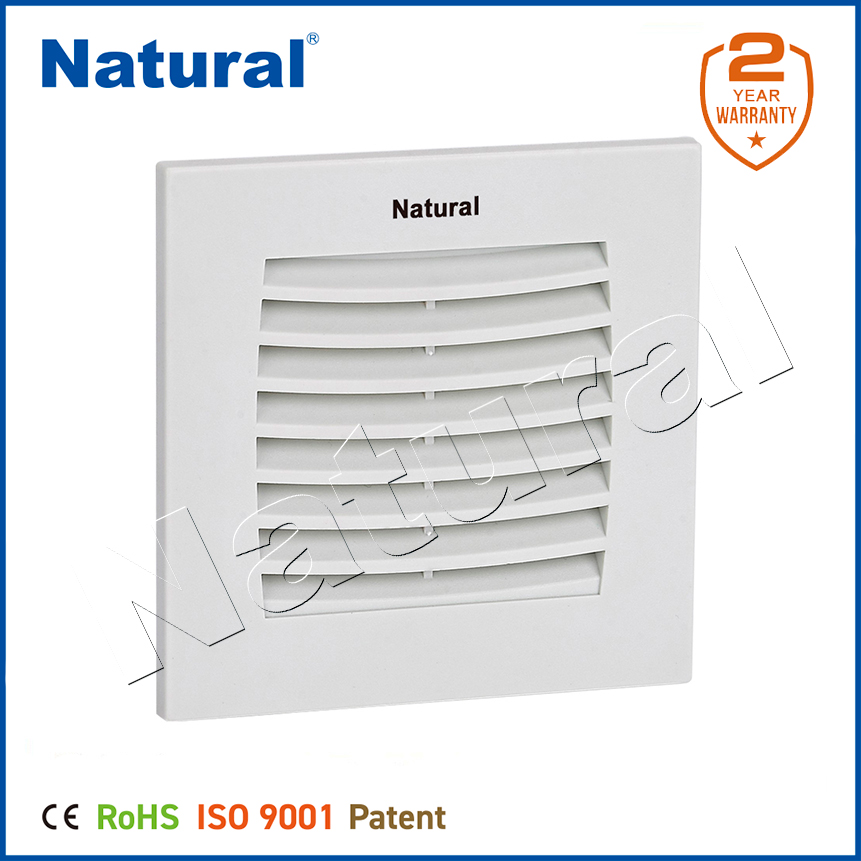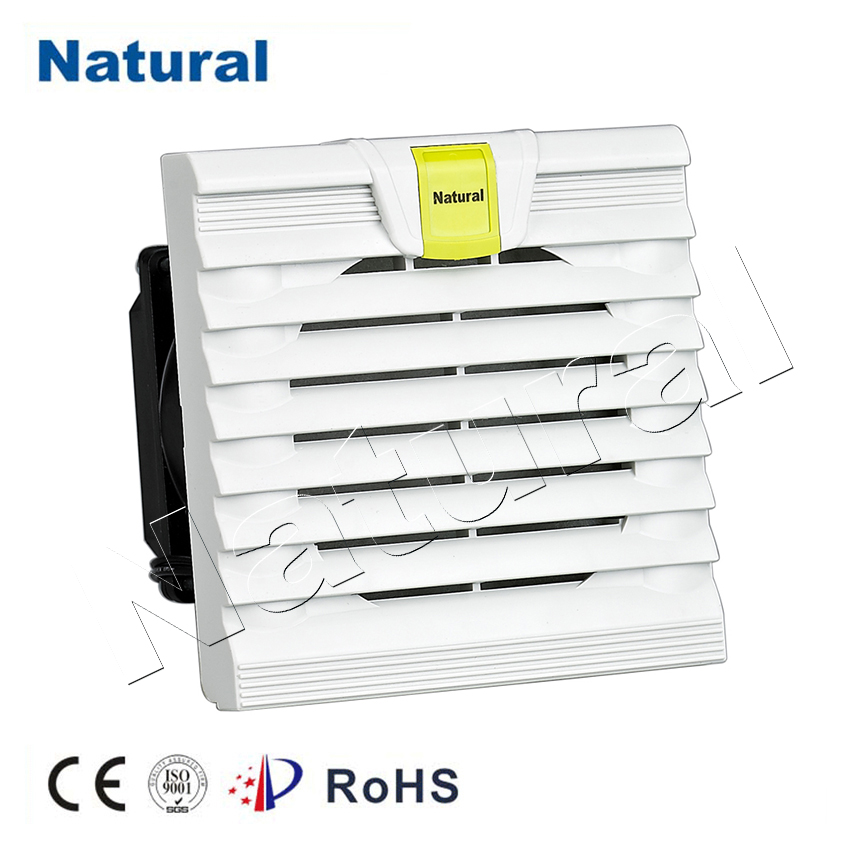In today’s fast-paced industrial and commercial environments, maintaining air quality and ensuring the longevity of equipment is crucial. One key component in achieving these goals is the cabinet filter. Cabinet filters play a significant role in various settings, from laboratory environments to office spaces, by controlling air contamination and ensuring a cleaner, safer workspace.

A cabinet filter is designed to trap airborne particles and contaminants, preventing them from entering sensitive equipment or environments. Typically installed in cabinets or enclosures that house electronic devices or delicate instruments, these filters help maintain an optimal operating environment by removing dust, debris, and other pollutants from the air. This can prevent damage to costly equipment and improve the overall efficiency of operations.

Types and Applications of Cabinet Filters There are several types of cabinet filters, each suited to different applications. The most common types include HEPA (High-Efficiency Particulate Air) filters, activated carbon filters, and electrostatic filters. HEPA Filters: Known for their high efficiency, HEPA filters can capture 99.97% of particles as small as 0.3 microns. They are particularly effective in environments where maintaining a high level of air purity is essential, such as in laboratories, hospitals, and cleanrooms. Activated Carbon Filters: These filters are designed to remove gases and odors from the air. They are especially useful in environments where chemical fumes or unpleasant smells are a concern, such as in industrial kitchens or manufacturing facilities.
